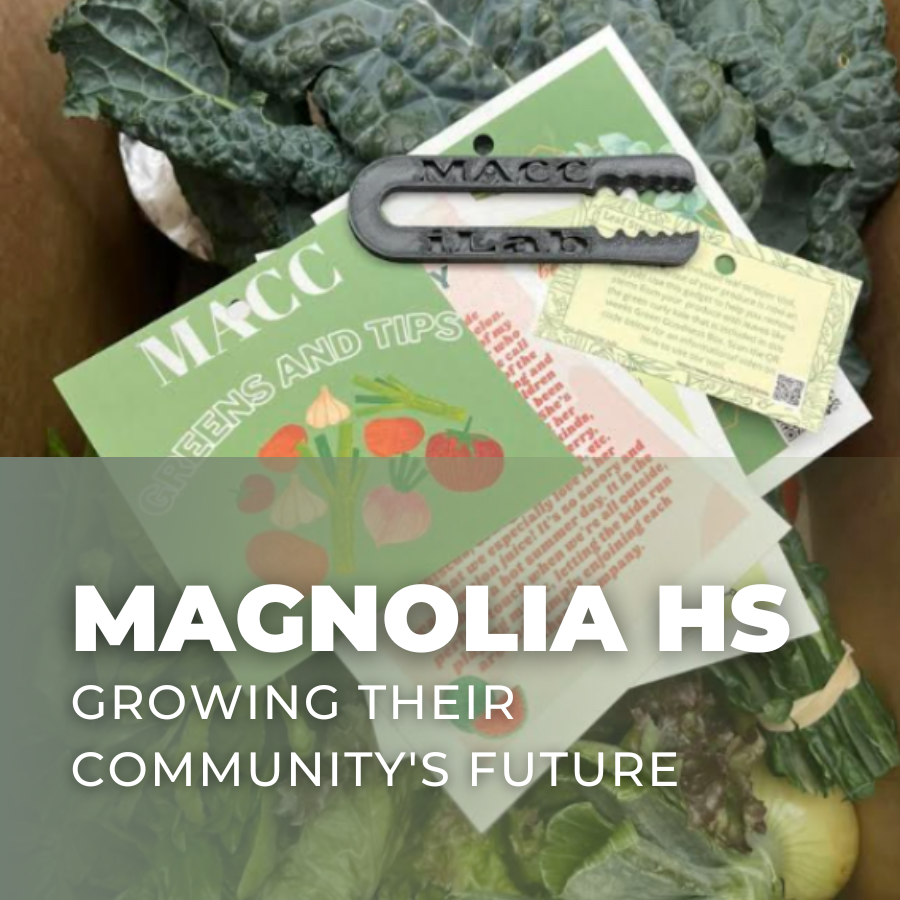Family And Community Engagement (FACE): Understanding Community Schools

Student voices are so essential to community schools because we advocate for our community, and we find solutions we all think would be beneficial to our families and ourselves.
– Myriam Alkalach, Magnolia High School Student, AUHSD

INTRO
What are community schools? Why should I consider this model? This resource provides an overview, so you can start reflecting on your own school’s approaches to supporting students in and out of the school building and connecting the school and its community.
During a Crowdsource on March 16, 2023, Carlos Hernandez (Director of Community Schools, Family and Community Engagement at Anaheim Union School District) and Araceli Huerta (Community School Coordinator at Sycamore Junior High School) shared strategies for effectively engaging parents and family members. Topics of discussion included both site-level strategies to include families in your school community and district-level approaches to building systems that center family perspectives when making decisions.
OBJECTIVES
- Reflect on your school/district’s current approaches to supporting students in and out of school
- Reflect on what adopting a community school model would look like and entail for your school
ACTIVITY
Read about what community schools are and then watch the two brief videos about how the Anaheim Union School District is implementing the community schools model to ensure all of their students are truly thriving.
Reflect on your own school’s approaches to supporting students in and out of the school building and connecting the school and its community. Consider what adopting a community school model might look like for you and your school community.
WHAT ARE COMMUNITY SCHOOLS?
Community schools provide a range of high-quality academic and enrichment programs and integrated supports to students and their families to address in- and out-of-school barriers to learning. The Elementary and Secondary Education Act of 1965 defines a full-service community school as a public elementary or secondary school that participates in a community-based effort to coordinate and integrate educational, developmental, family, health, and other comprehensive services through community-based organizations and public and private partnerships; and provides in-school access to such services to students, families, and the community. This access includes during the school year, before and after school – including on weekends – and during the summer.
HOW AUHSD APPROACHES COMMUNITY SCHOOLS
REFLECTION
- Reflect on what community schools are (in your own words) and what about them resonates most with your vision for your school.
- Reflect on your school’s current approaches to supporting students in and out of the school building and connecting the school and its community.
- What’s working well/well-implemented/established?
- What are areas of concern?
- Rank the top 3 challenges you foresee facing adopting a community school model
- Rank the top 5 benefits you foresee resulting from adopting a community school model
TIPS
- Watch the videos for explanations and examples of how AHUSD is adopting the community schools model
- While using examples for comparison can help you begin reflecting and brainstorming, remember that each school and community is different and your plans need to account for what works for your school community











Responses